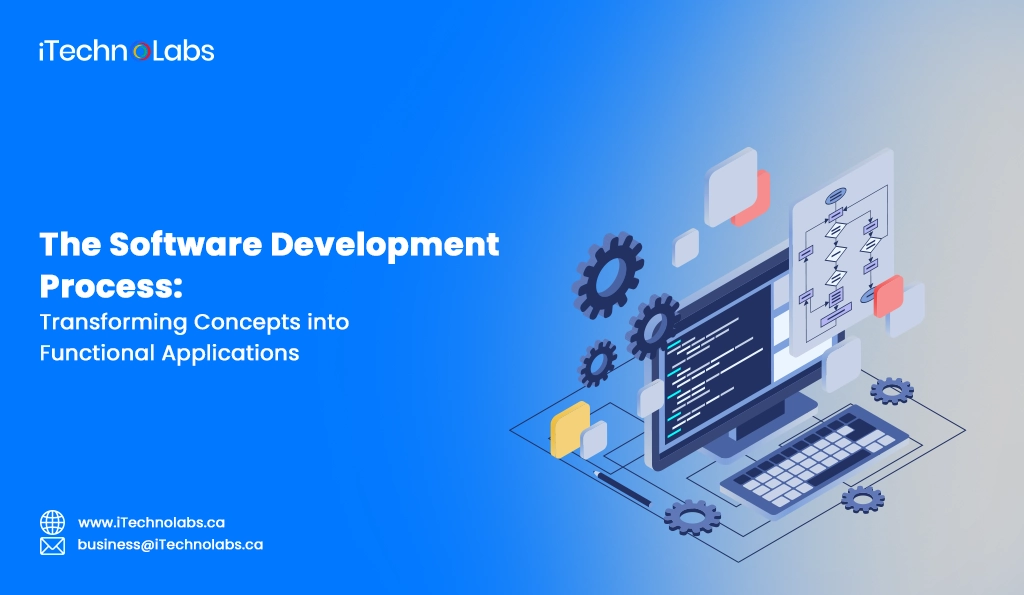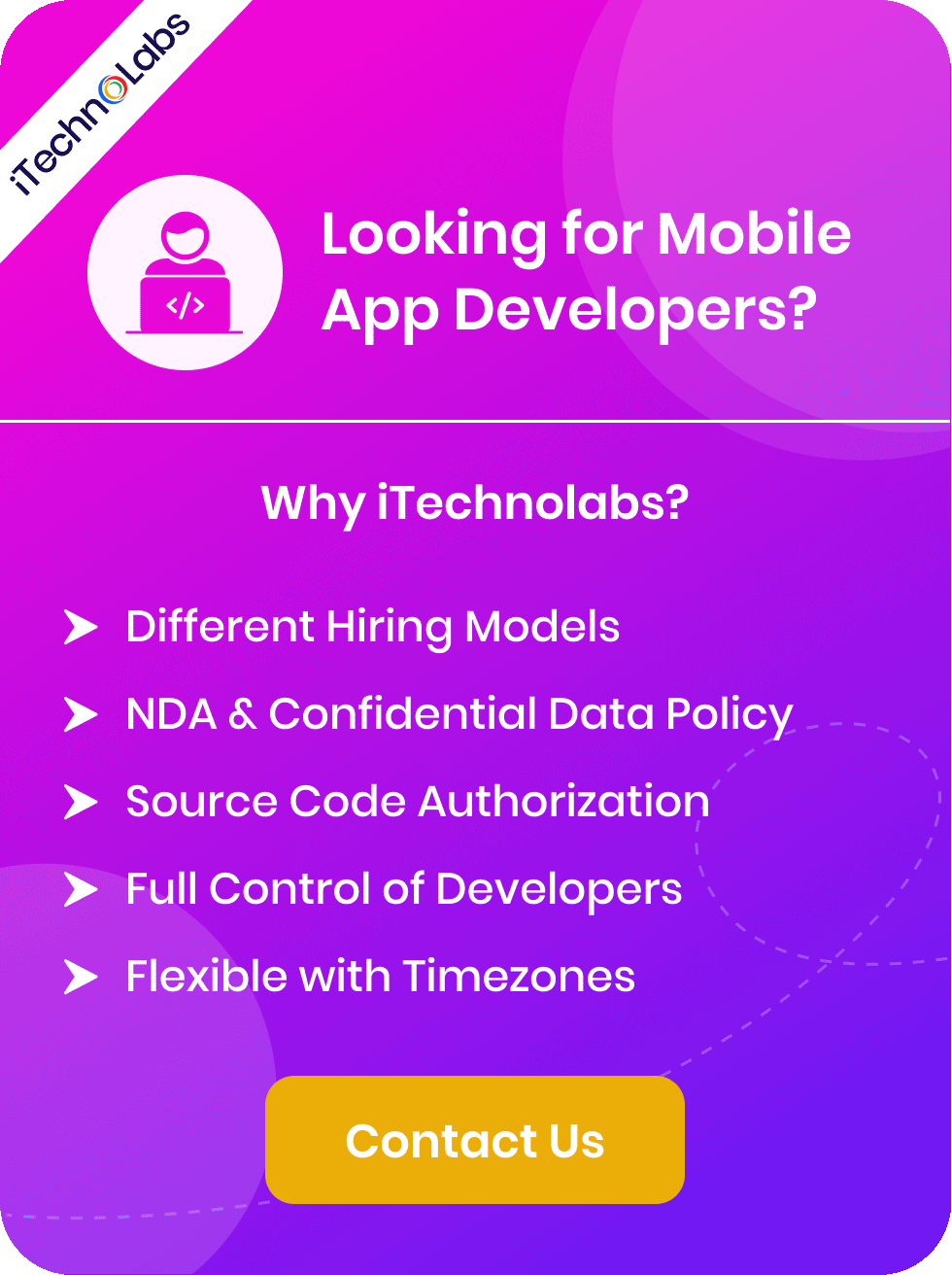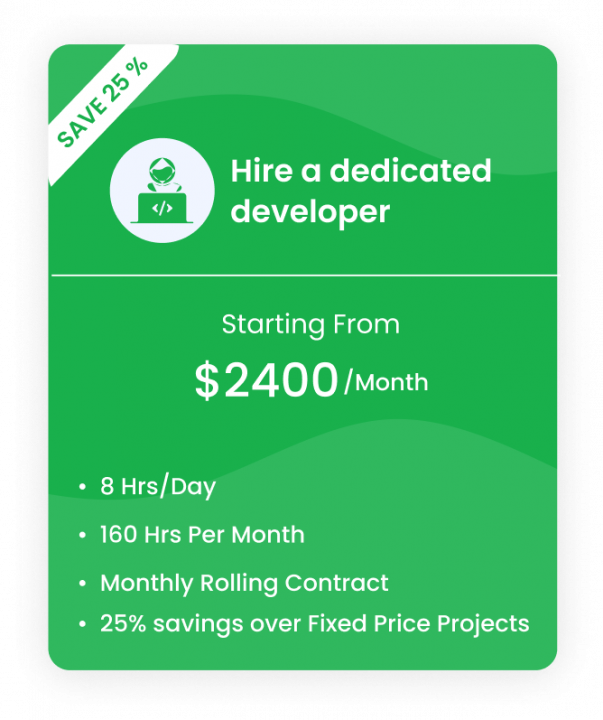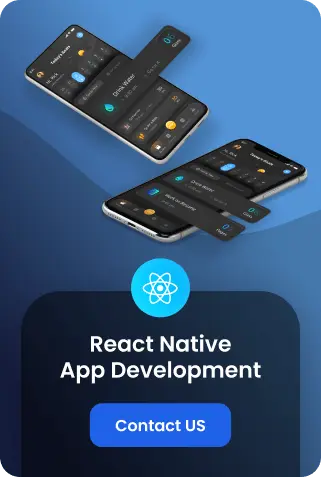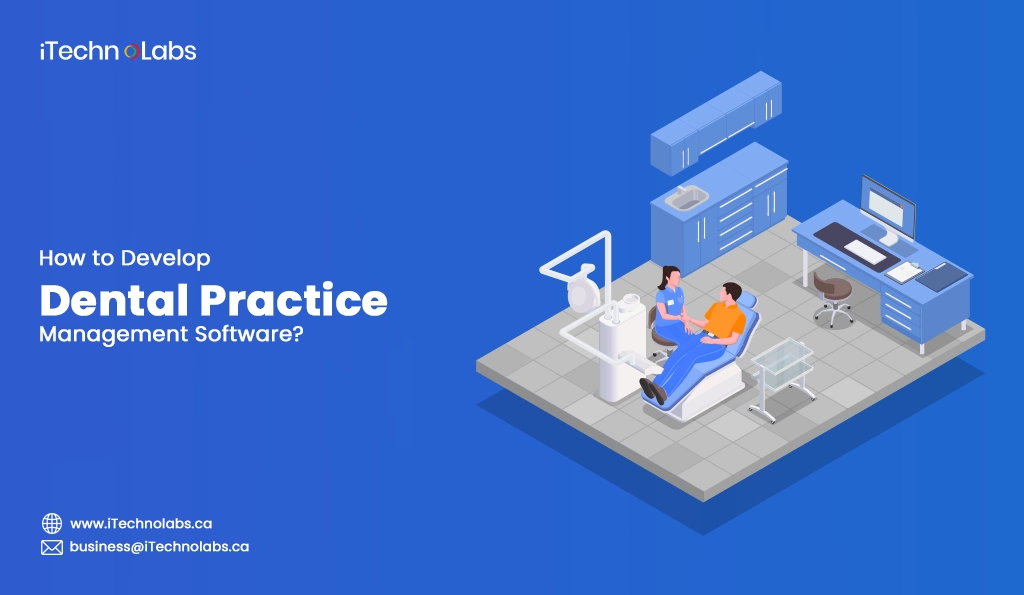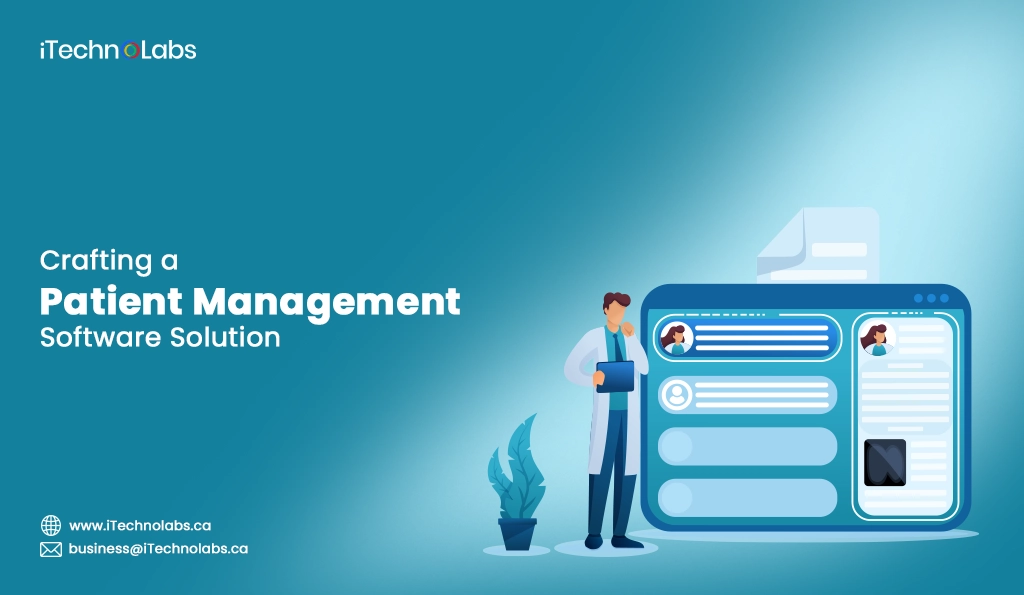The software development process is an intricate, step-by-step methodology meticulously designed to guide developers through the complex journey of creating functional and efficient applications. Beginning with the initial concept, wherein ideas are generated and evaluated, this process then moves into the brainstorming and planning phases, where strategies are formulated, and blueprints are drawn up to guide the subsequent steps. Following this, the process advances to the detailed design phase, where the application’s architecture is defined, and a thorough plan is laid out for the coding phase. This is then followed by the actual coding and development stage, where developers write the code that brings the application to life.
After the coding phase, the application undergoes rigorous testing to identify and rectify any bugs or issues, ensuring the software runs smoothly and as intended across various platforms and devices. This testing phase is crucial for maintaining the application’s reliability and usability. Upon successful completion of the testing stage, the software proceeds to the deployment phase, where it is released into a live environment for users to access. But the process doesn’t end there; post-release, the application enters a maintenance phase where it is continually monitored, and updates and improvements are made based on user feedback and evolving needs.
By diligently adhering to this structured approach, developers can systematically address all project requirements, thoughtfully incorporate user feedback, and apply necessary adjustments at each stage. This ensures the delivery of high-quality software that not only meets but often exceeds user expectations, thereby enhancing user satisfaction and fostering trust in the software’s reliability and effectiveness.
What is a Software Development Process?
A software development process is a meticulously structured approach employed by developers to design, create, test, and maintain software applications. This methodology involves a comprehensive series of steps that systematically guide the development team through the intricacies of the entire lifecycle of a software project, starting from the initial conception phase to its ultimate completion.
The primary objective of employing a software development process is to ensure that the final product not only meets all the predefined requirements and specifications but is also developed in an efficient and cost-effective manner. By adhering to a structured process, developers can mitigate risks, manage complexity, and maintain a high standard of quality throughout the development phases.
Furthermore, a well-defined software development process facilitates effective collaboration among team members by establishing clear roles, responsibilities, and milestones. This leads to enhanced communication, which is critical for resolving issues promptly and ensuring that all team members are aligned with the project goals. Additionally, it supports a smoother workflow by providing a roadmap for project management, allowing for better planning, execution, and monitoring of progress.
Also Read: Optimizing Construction Project Management Software for Real Estate Companies
The 7 Steps of Software Development Process
Although there are several variations of the software development process, most follow a similar structure consisting of seven essential steps. These include:
1. Analysis: Understanding the Requirements
In the initial phase of the software development process, developers engage in detailed discussions with stakeholders to meticulously gather and analyze all the necessary requirements for the software application. This critical step involves conducting extensive research to accurately identify the target audience, understanding their specific needs, preferences, and the problems they face which the software aims to solve. Additionally, developers and stakeholders work together to foresee and plan for potential challenges that may arise during the development process, ensuring a smoother execution of the project. This phase sets the foundation for a successful software development lifecycle, emphasizing the importance of clear communication and thorough planning.
2. Planning: Setting the Foundation
After the initial analysis of the requirements, developers proceed to the crucial step of formulating a detailed project plan. This meticulous process involves segmenting the entire project into manageable, smaller tasks, which allows for a more organized approach. They then proceed to estimate the timelines and resources each task will require, carefully considering the complexity and scope of the work. Additionally, setting clear milestones and deadlines is a priority to ensure the project progresses in a timely manner. Developers also engage in identifying potential risks that could derail the project, planning contingency measures to address them effectively. By undertaking this comprehensive planning phase, developers are able to craft a roadmap that not only guides them through each step of the development process but also ensures they remain focused and on track towards achieving the project objectives. This strategic planning is fundamental in transforming the initial concept into a successful outcome.
3. Design: Crafting the Details
Once the planning phase is complete, developers move on to the design phase. This step involves creating a blueprint that outlines how the software will function and look. Developers work closely with designers and stakeholders to establish key design elements such as user interface, user experience, and overall system architecture. Furthermore, they consider factors such as scalability, security, and compatibility to ensure the software can adapt and function effectively in various environments. This stage also involves prototyping and testing to identify any flaws or limitations before moving on to the development phase.
-
System Design
System design is a crucial aspect of software development as it involves building the framework that supports the functionality and features of the software. Developers use various techniques and tools to create a detailed system design, including flowcharts, data models, and entity-relationship diagrams. These visual representations help developers visualize how different components of the software interact with each other and how data flows throughout the system. System design also includes selecting the appropriate technologies and programming languages to build the software, considering factors such as compatibility, performance, and maintenance.
-
Software Architecture Design
Software architecture design is a high-level concept that defines the overall structure and organization of the software. It involves creating a blueprint that outlines the various components and modules of the software and how they interact with each other to achieve the desired functionality. This step also includes identifying any potential risks or challenges in the system’s design, such as bottlenecks or scalability issues, and finding solutions to address them.
-
User Interface/User Experience (UI/UX) Design
User interface (UI) and user experience (UX) design are crucial components of software development that focus on the aesthetics and usability of the software. UI design involves creating an intuitive layout and visual elements, such as buttons, menus, and icons, to enhance the user’s interaction with the software. UX design focuses on the overall user experience, considering factors such as ease of use, efficiency, and user satisfaction. These design elements play a significant role in the software’s success as they directly impact how users perceive and interact with it.
4. Development: Writing the Code
Once the foundational software architecture and design have been meticulously laid out, the critical development phase kicks into gear. This stage marks the transition from theoretical planning to practical execution, where skilled developers delve into the core of software creation by writing the actual code that animates the software’s functionalities. Utilizing the programming language selected during the system design stage, developers craft intricate functions, algorithms, and sets of instructions. These elements are essential, as they dictate to the computer the precise operations to execute specific tasks, ultimately bringing the envisioned software to life with precision and efficiency. This phase is pivotal in transforming abstract ideas into tangible, operational software that meets the intended goals and requirements.
5. Testing: Ensuring It Works
Software development is a complex process that demands precision and thoroughness. Therefore, it’s imperative to ensure that the software functions as intended before its launch or deployment. This crucial step involves testing the software for any glitches, bugs, or errors to refine its performance and eliminate any potential flaws that could jeopardize user experience. There are various forms of testing, including unit testing, integration testing, system testing, and acceptance testing. These tests are carried out to identify any potential issues that may disrupt the software’s functionality, ensuring that it operates seamlessly and consistently.
6. Deployment: Releasing to the World
After completing a successful testing phase, where all critical bugs were identified and fixed, the software is now ready for deployment – a crucial step that involves the process of releasing it to the general public. This important step requires careful preparation of all necessary materials and documentation, including comprehensive user manuals that detail the software’s functions and easy-to-follow installation guides, to ensure the software is accessible and user-friendly for end-users.
-
Blue/Green Deployment
One method of deployment that has gained popularity in recent years is the blue/green deployment strategy. This approach involves having two identical production environments, one as an active “blue” environment and the other as a standby “green” environment. When a new version of the software is ready, it is deployed to the green environment for testing and verification before being switched over to the blue environment, making it the active production environment. This allows for a seamless transition and minimizes any downtime or disruption for end-users.
-
Canary Deployment
Another deployment strategy that has gained popularity is the canary deployment method. This approach involves releasing a new version of the software to a small group of users, known as “canaries,” before rolling it out to the entire user base. These canaries act as test subjects and provide valuable feedback on any issues or bugs they encounter while using the new version. This allows for any necessary adjustments or fixes to be made before releasing the software to the wider audience.
-
Shadow Deployment
Shadow deployment is another method that involves releasing a new version of the software alongside the current production version without routing any traffic to it. This allows for a side-by-side comparison between the two versions and can be useful for testing performance or functionality before fully deploying the new version.
7. Maintenance: Keeping It Running Smoothly
Deploying a new version of software is only the first step. To ensure continued success and user satisfaction, it is crucial to have an effective maintenance plan in place. This includes regularly monitoring and updating the software, as well as addressing any bugs or issues that may arise.
-
Bug Fixes and Updates
Like any software development process, encountering bugs and issues is inevitable. To mitigate these challenges, it’s crucial to establish a dedicated team or a systematic process geared towards addressing these problems swiftly and effectively. This strategy should include implementing regular updates or patches to rectify identified bugs, in addition to conducting continuous testing and monitoring to ensure software quality. Engaging in these practices not only enhances the software’s reliability and performance but also significantly improves user satisfaction by demonstrating a commitment to product excellence and proactive problem-solving.
-
Updates and Enhancements
Software development is a continuous process, and the evolution of technology means that updates and enhancements are necessary to keep pace with advancements in the industry. Regularly incorporating new features or functionalities not only keeps your software relevant but also shows a commitment to providing users with exceptional experiences. These updates can be based on user feedback, industry trends, or simply seeking ways to improve the software’s functionality and user experience. By staying ahead of the curve, you can maintain a competitive edge and increase customer loyalty.
-
Performance Monitoring and Maintenance
In addition to addressing bugs and updating features, it’s essential to regularly monitor the software’s performance. This includes conducting load testing to ensure the system can handle increased usage without compromising its functionality or speed. It also involves monitoring the overall health and stability of the software, identifying potential issues before they escalate into significant problems. Establishing a thorough performance monitoring plan allows for proactive maintenance, reducing the likelihood of unexpected downtime and ensuring a positive user experience.
-
Security and Data Protection
With the rise in cyber attacks, software security has become a critical aspect of software quality. It’s essential to implement robust security measures to protect user data and ensure that the software is not vulnerable to malicious threats. This includes regular security audits, implementing encryption protocols, and staying up-to-date with industry standards for data protection. By prioritizing security, you can provide peace of mind to users and maintain their trust in your software.
-
User Support and Engagement
Delivering exceptional user support is pivotal in maintaining a loyal customer base and ensuring customer satisfaction. This necessitates the presence of a dedicated support team, well-trained and ready to address any issues, queries, or concerns that users may encounter – swiftly and efficiently. Furthermore, offering comprehensive resources like detailed FAQs, user manuals, and easy-to-follow guides empowers users to find solutions autonomously, enhancing their overall experience.
In addition to direct support, actively engaging with users through various channels such as social media, forums, and community platforms can significantly contribute to building a robust community around your software. This engagement not only fosters a sense of belonging among users but also promotes brand loyalty. By listening to user feedback, acknowledging their suggestions, and implementing necessary changes, companies can demonstrate their commitment to user satisfaction and continuous improvement.
Read More: A Complete Guide to Real Estate Website Development
Best Practices for a Successful Development Process
To ensure the success of your software, it is crucial to follow best practices throughout the development process. These include:
-
Comprehensive Planning and Requirements Gathering
Before commencing development, a thorough planning phase should take place to identify project goals, target audience, and available resources. This includes gathering detailed requirements from stakeholders and creating a clear roadmap for the development process.
-
Agile Methodology
Utilizing the agile methodology allows for continuous communication, iteration, and adaptation throughout the development process. This enables teams to quickly respond to changing requirements and deliver a high-quality product in a timely manner.
-
Quality Assurance
Implementing a robust quality assurance (QA) process is essential in ensuring the functionality, reliability, and usability of your software. This includes conducting thorough testing, bug fixing, and user acceptance testing (UAT) before releasing the product to the public.
-
Documentation
Proper documentation is crucial for both the development team and users. It provides a clear understanding of the software’s functionality, features, and usage instructions. This helps reduce confusion and errors while using the software.
-
Continuous Integration and Deployment
Implementing a continuous integration (CI) and deployment (CD) process allows for faster and more efficient delivery of updates and fixes. It also helps identify any issues early on in the development process, reducing the risk of major failures in the final product.
How can iTechnolabs help you to build a Software Development Process?
At iTechnolabs, we boast a dedicated team of experienced developers who excel in mastering the latest software development processes and methodologies. Our experts, equipped with a deep understanding of cutting-edge technologies, are committed to guiding you meticulously through each stage of the development process. From the initial phase of requirements gathering to the intricate steps of designing and coding, all the way through to the final stage of deployment, our team ensures a seamless and efficient development journey. This comprehensive approach enables us to tailor solutions that perfectly match your unique business needs, ensuring not just satisfaction but also innovation and scalability for the future.
- Expert Team: Tap into the expertise of iTechnolabs’ team of seasoned developers, who are not only proficient in the latest software trends and technologies but are also deeply committed to understanding and implementing your project vision. Their knowledge ensures your project is handled with the utmost care and professionalism.
- Customized Solutions: Benefit from receiving software development solutions that are not just tailored but meticulously crafted to align perfectly with your unique business objectives and challenges. This bespoke approach ensures that every aspect of the solution is designed with your specific needs in mind, guaranteeing a perfect fit for your business.
- End-to-End Support: Experience unwavering support from the initial concept through to deployment, with comprehensive assistance at every phase of the software development process. This includes detailed planning, strategic development, and rigorous testing to ensure a smooth and efficient project journey.
- Innovative Approach: Gain a competitive edge with our innovative methodologies and the use of cutting-edge technologies. These approaches are designed to drive efficiency, scalability, and success in your projects, ensuring that you stay ahead of the curve in a rapidly evolving digital landscape.
- Quality Assurance: Depend on our rigorous testing and QA processes to ensure that the final product is not only functional and reliable but also surpasses your expectations. Our commitment to quality means that every aspect of the product is scrutinized to meet the highest standards before delivery.
- Agile Methodology: Embrace an agile development framework that emphasizes flexibility, rapid iteration, and continuous improvement throughout the development cycle. This methodology allows for adapting to changes quickly and efficiently, ensuring that the project outcome remains aligned with your evolving business requirements and market demands.
Are you looking for a software development company?
At iTechnolabs, our tailored software development process offers a multitude of benefits tailored to empower businesses. Firstly, utilizing a customized approach ensures that software solutions are not only aligned with but also enhance your specific business goals, optimizing productivity and growth. The end-to-end support provided by our team ensures a seamless transition throughout all stages of development, minimizing disruptions and streamlining project execution. Our innovative approach leverages the latest technologies and methodologies to not only meet but exceed competitive standards, providing you with a product that is both cutting-edge and robust.
- Tailored Solutions: iTechnolabs specializes in developing software that is specifically tailored to meet the unique needs and objectives of your business, ensuring that every feature and function serves a purpose towards achieving your overarching goals.
- Expert Team: Leverage the expertise of a team that is not only technically proficient but also constantly up-to-date with the latest trends and technologies in software development, ensuring your product is built on a foundation of cutting-edge innovation.
- Comprehensive Support: From conceptualization to post-launch support, iTechnolabs offers comprehensive assistance at every step of the development process, providing peace of mind and allowing you to focus on your core business activities.
- Cost Efficiency: By adopting an efficient and agile development methodology, iTechnolabs ensures that projects are completed within budget and on time, reducing potential financial risks and maximizing return on investment.
- Scalability: Solutions developed by iTechnolabs are designed with scalability in mind, ensuring that your software can grow and evolve in tandem with your business, accommodating new requirements and user growth without the need for a complete overhaul.
- Security: Prioritizing security in every phase of development, iTechnolabs employs robust protocols and practices to safeguard your software from vulnerabilities, ensuring the protection of your data and the privacy of your users.
Important: Unveiling Excellence with a Real Estate App Development Company in California
Conclusion:
iTechnolabs is dedicated to delivering high-quality and customized software solutions that empower businesses with the tools they need to succeed in today’s rapidly evolving digital landscape. With a focus on collaboration, innovation, and efficiency, iTechnolabs strives to not only meet but exceed the expectations of their clients. Trust iTechnolabs for all your software development needs and take your business to the next level.
